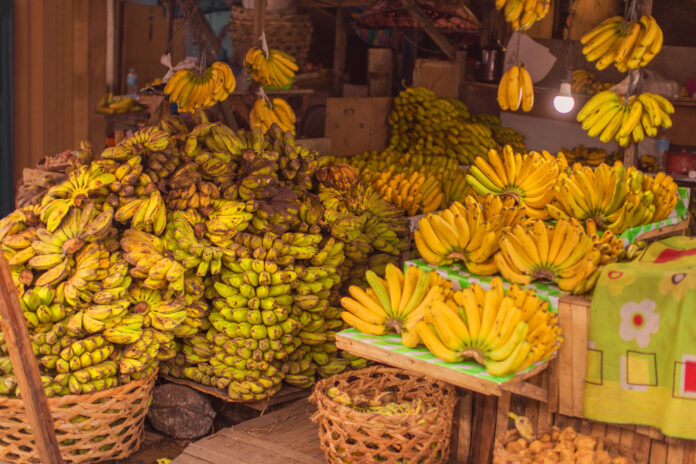The Bureau of Plant Industry (BPI) has ramped up efforts and has partnered with peer public agencies to resolve issues involving pests and diseases in the local banana sector.
“For BPI, we’re really focusing on pest management. It doesn’t matter how well we produce if we lose from pests and diseases. We’re coordinating with the regional field offices for that. Our research, we’re ramping it up,” Glenn Panganiban, BPI director, told reporters.
To boost surveillance and monitoring, Panganiban said the BPI partnered with the Philippine Space Agency to initiate a project that can verify the scope of damage of banana diseases from up there in the atmosphere.
Panganiban said there are also parallel efforts to tap the help of the academe and international organizations to help resolve the problem.
A market review released by the Food and Agriculture Organization of the United Nations (FAO) released last month rated the Philippines as the second top exporter of bananas in 2022.
The FAO report said the Philippines shipped 2.3 million tons of the fruit, a 4 percent drop from 2.4 million tons in 2021.
The Philippines accounted for 12 percent of total banana exports to the world which stood at 19.1 million tons last year.
FAO said the spread of fusarium wilt tropical race 4 disease as well as the high costs of inputs and fertilizers affected production of small-scale banana farmers in the Philippines.
The disease more commonly known as Panama disease, is caused by the soil-borne fungus Fusarium oxysporum that enters the banana plant’s roots and colonizes the xylem vessels, blocking the flow of water and nutrients which can cause the wilting and death of the crop.
Meanwhile, a report from the Philippine Statistics Authority showed that the country produced a total of 9.01 million metric tons (MT) of bananas, down by 0.9 percent from 2021’s 9.09 million MT.
Banana varieties included in the statistics include bungulan, cavendish, lakatan, latundan and saba, among others.
Cavendish variety was the top banana variety for 2022 at 4.65 million MT or 51.6 percent of last year’s total banana production, followed by saba with 2.52 million MT or 27.9 percent of the entire local banana produce.






